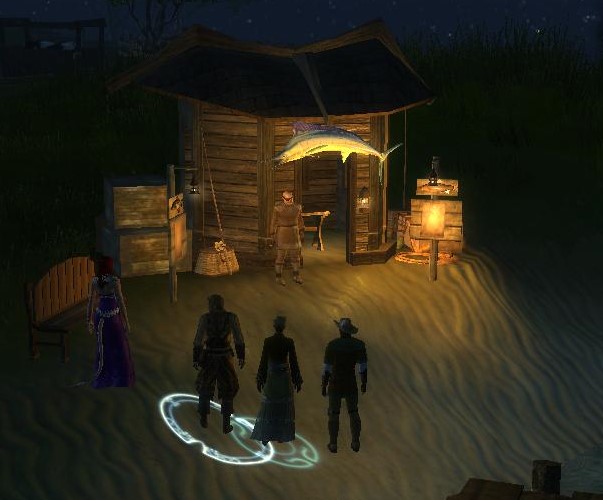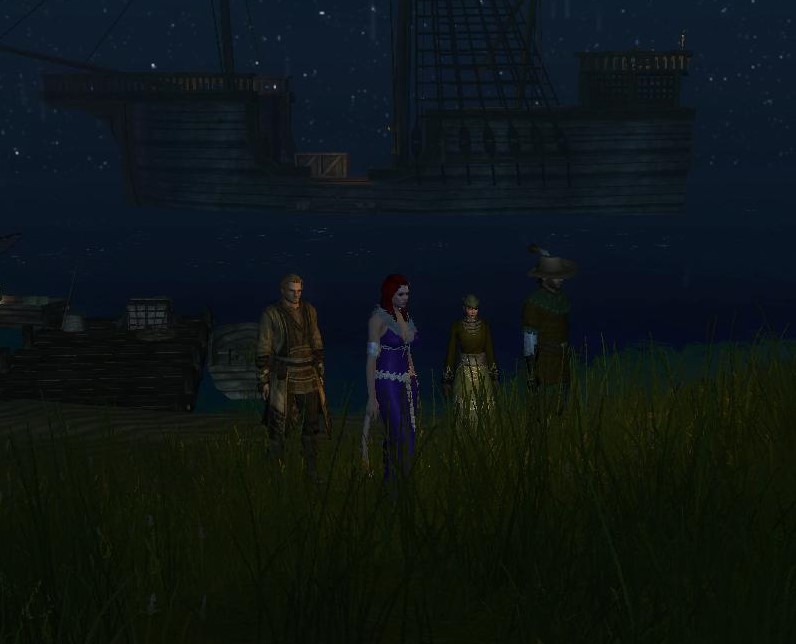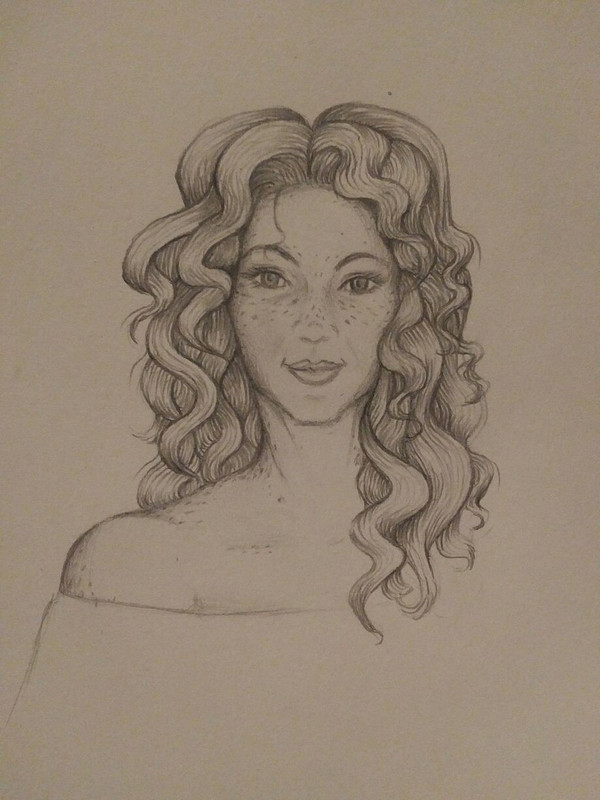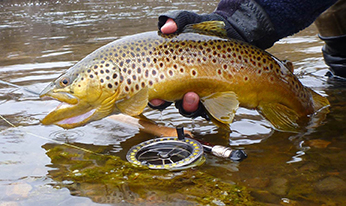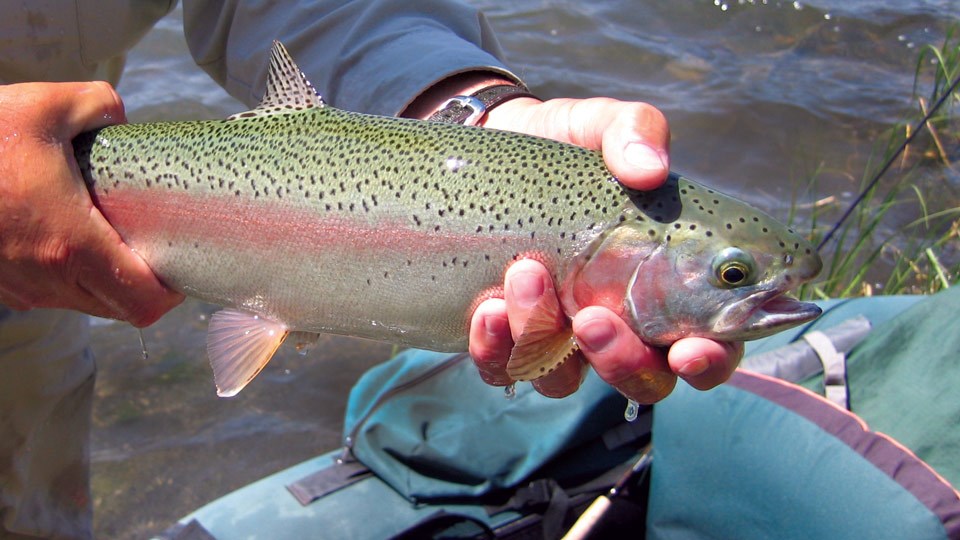As the start of day crept through the hamlet of Ulgoths Beard, carrying with it the low-lying coastal mists, Aidan Thatcher set about to preparing the tools of his trade. Soon enough village fishermen would stir from their homes after morning victuals and moments with the loved ones. They would come to be taught what little they might not know about the crafts regarding the repair and construction of boats. What might have began as another typical day moved towards work beyond their normal measures.
First he brought the men into the woodlands searching for pine trees. He would speak on the need for fatwood, those lower dead branches of a pine tree right near the trunk that hold the greatest portion of resin within the tree. Cutting them off and chopping them into short staves and wedges. He would mention to them that the the more orange or amber the wood is the better it is for the process.



Carrying a great deal of this wood back he would drag out his shipwright tools, in this instance a large metal cauldron with a few holes in the bottom, and a large metal bowl. He'd bury the bowl in the ground up to it's edges, set the cauldron over it. Then proceed to fill the cauldron with the staves of wood, richest and meatiest ends at the bottom of the cauldron, standing them all up till the inside of the cauldron was full. Following this up with placing tinder wood, leaves, twigs and then chopped logs all the way around the cauldron outside of it. He would set this tinder on fire till he'd have a good fire built all the way around the cauldron. Taking leather he wets down, he'd lay it over the top of the cauldron, followed by a flat slab of stone so that there's no gap for air to enter the cauldron from above. Over the course of the day he would set up several more of these. Teaching the men to maintain the fires.
Mid day he would break for lunch and while the other men might travel up to the Last Anchor to take their meal, Aidan would await his beautiful wife and the basket she prepared for them to share. Taking his meals with her and enjoying what moments the newly wed couple might find allotted to them. His worry over her dizzy spells drawing the expressions of concern and perhaps that of hope that such symptoms may be for cheerful reasons. Spending what leisure he can in her company before the crews return, he is reluctant to see these moments end.
However, ambition is not without reward, and so he takes to the second part of his teaching. Coals burned down, cauldrons set aside, the lower pans are filled with the secretion of the sap from the wood inside the barrels in what would now be called pitch. Still warm enough that it is like a thick syrup, he divides some into one bucket, fills it with sawdust from lumber cut within the village and stirs it together. The rest he leaves in the metal pan over hot coals. He gathers up some wood and shows the crew the size of wood wedges they will need for the process ahead. On those fishing boats that don't need wood replaced he would proceed to show them how to pound wedges between the wood planks in the boats, filling the gaps between the boards of the boats structure.

Soon as the wedges are in place and any access is cut away he would pour some of the sawdust and pitch into the cracks and gaps, while the boats are still upside down and being worked on. With horse hair brushes he would gather up some of the other pitch left in the pan heating. With the pitch he would brush it over the outside of the boat hall to coat it as varnish to protect the wood from the water elements.

He likewise would take some of the ropes they use in their trade and soak them in the pitch to show them that it's usable to keep the rope from rotting and from damage with salt water. Suggesting they might consider it with nets as well to prolong the life of the ropes.
For those boats that need replacement of lumber, he would take measurements with string, knotting it at the proper lengths. Then with the help of the crew head out and cut ash trees for the required lengths of wood. Through another process for preparing wood and boats, they would soak the plants they've created in water over night. By the following day they would heat this wood over open coals, letting the wood steam. With the tools of his trade Aidan would teach them how to use the steaming to help them bend and warp the wood. When the wood seems pliable enough they would replace the old rotting or worm infested wood from the boat with these planks, nailing them into place.
When the wood has dried to it's new form and becomes natural for it to remain in that position, he would have them wedge the gaps, reheat the sawdust pitch and fill all the gaps, before varnishing the last of the boats. All this behind them, after the four boats that Bob uses for his fishermen are made ready for fishing once more. He would take a more lengthy time to teach them of other techniques of building boats. From start to finish he would teach them how to lay out the framework for a fishing vessel right their on the sands of the beach.
Using measurement of logs buried upright in the ground, Aidan the Shipwright would build the hall starting by steam warping and bending a larger beam of lumber into the boats Keel, soon producing wood staves turned into ribs either side of the ship. Continuing the process of warping boards he teaches the fishing crews of Ulgoth's beard about clinker built boats compared to their normal carvel designs.


Explaining the importance of clinker hall and it's stronger protection against rocks and other dangers of the water. He would take the better part of three weeks working on this vessel with them till it's construction is finished. He would varnish it the same as the last, using the sawdust mixed pitch to fill the gaps of the boats hall but not needing the wedges this time to place between boards.
The man seems natural in his work, this is as big a part of him as breathing or eating. He seems truly happy doing this work but let it not be said that it can be noted the highlight of his day is undoubtedly holding a certain young lady in his arms.




